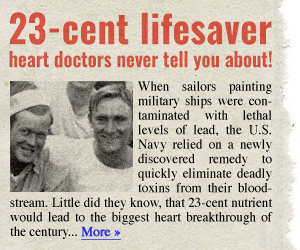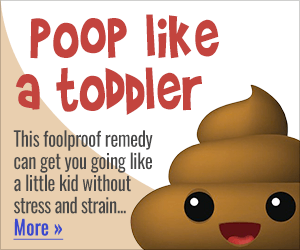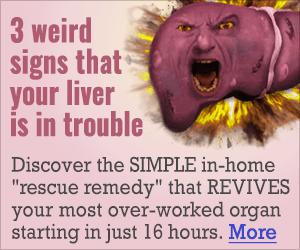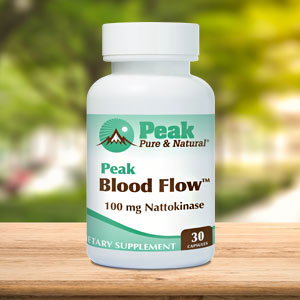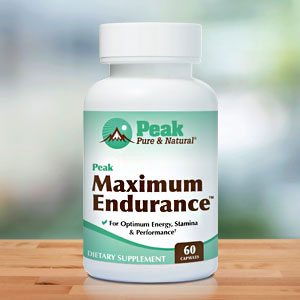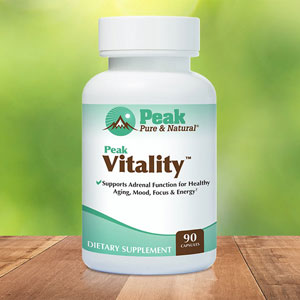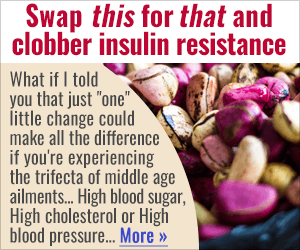Get Easy Health Digest™ in your inbox and don’t miss a thing when you subscribe today. Plus, get the free bonus report, Mother Nature’s Tips, Tricks and Remedies for Cholesterol, Blood Pressure & Blood Sugar as my way of saying welcome to the community!
A sweeter way to boost hair growth

I’m a little embarrassed to talk about this, but when I hit menopause, I started to notice a lot more of my hair in the shower drain. Then, I noticed my hair was getting pretty thin in front.
After a visit to my dermatologist, the verdict was in. I was suffering from androgenic alopecia, also known as male pattern baldness or female pattern hair loss — one of the most common causes of hair thinning in both men and women.
My dermatologist immediately put me on minoxidil (aka Rogaine). But while it definitely slowed the thinning down, it didn’t seem to be doing anything to promote regrowth.
He said this was often the case with minoxidil, which was really upsetting. In fact, I found out that topical minoxidil’s limited ability to dissolve in water and penetrate the skin reduces its effectiveness.
But a recent study gives me hope because it indicates there may be a way around this limitation….
Androgenic alopecia solution found in stevia
Androgenic alopecia develops gradually and is influenced by both genetic and hormonal factors. The hair follicles become more sensitive to dihydrotestosterone (DHT), a hormone derived from testosterone. This causes the follicles to shrink, resulting in hair that grows shorter and finer until growth eventually stops.
There are limited treatment options for androgenic alopecia, with minoxidil being one of the few widely approved topical therapies. It works by widening blood vessels and increasing blood flow around the follicles, which can extend the growth phase of the hair cycle and stimulate the development of new strands.
However, minoxidil’s poor absorption into the skin and its inability to dissolve in water mean its full potential is often not realized. Patients like me must apply it consistently for several months before seeing results — and even then, the response varies from person to person (as I can attest).
If researchers could overcome that one issue, treatments could become more efficient, requiring fewer applications and lessening the risk of side effects related to overuse.
Luckily, for people like me, an international team of researchers has found that stevioside, a natural sweetener extracted from the Stevia plant, may be the answer…
They tested a dissolvable patch containing both stevioside and minoxidil on mice with alopecia, and the results were impressive.
The patch successfully stimulated hair follicles to re-enter the growth phase, resulting in the development of new hair. The researchers believe that the addition of stevioside improves the penetration of minoxidil into the skin and stimulates hair growth.
“Using stevioside to enhance minoxidil delivery represents a promising step toward more effective and natural treatments for hair loss, potentially benefiting millions worldwide,” says co-corresponding author Dr. Lifeng Kang of the University of Sydney in Australia.
A safer way to promote hair growth
The discovery that stevioside can act as a natural absorption enhancer provides a new direction for scientists looking to improve both the safety and effectiveness of hair loss therapies.
After all, minoxidil, which was originally designed to treat high blood pressure, has been linked to everything from an increased heart rate and difficulty breathing to edema and rapid weight gain.
Still, new therapies resulting from this discovery are probably years away. Until then, if like me you suffer from alopecia, you may want to try some of these essential oils to enhance your hair growth (just remember to mix them with a carrier oil):
- Lavender oil: Research shows topical application of lavender oil significantly increased the number of hair follicles in female mice.
- Rosemary oil: One study found rosemary oil to be as effective as 2 percent minoxidil for hair regrowth. And it didn’t produce scalp itching, as minoxidil often does.
- Cedarwood oil: In a study done in Scotland, 44 percent of alopecia patients who massaged a combination of cedarwood, thyme, rosemary and lavender oils in grapeseed carrier oil into their scalps for seven months showed improvements.
- Peppermint oil: This oil is a vasodilator that increases circulation. When peppermint oil was applied to mice for four weeks, it resulted in noticeable hair growth as well as increased scalp thickness and greater follicle depth.
One way I use these essential oils is to mix a few drops into my shampoo. A good rule of thumb is to add one part essential oil to five parts shampoo. Just be careful not to get it in your eyes, and if you do, rinse well with water until the stinging stops.
Editor’s note: Did you know that when you take your body from acid to alkaline you can boost your energy, lose weight, soothe digestion, avoid illness and achieve wellness? Click here to discover The Alkaline Secret to Ultimate Vitality and revive your life today!
Sources:
A sweet fix for baldness? Stevia compound boosts hair growth — ScienceDaily
Natural Sweetener Stevioside-Based Dissolving Microneedles Solubilize Minoxidil for the Treatment of Androgenic Alopecia — Advanced Healthcare Materials



